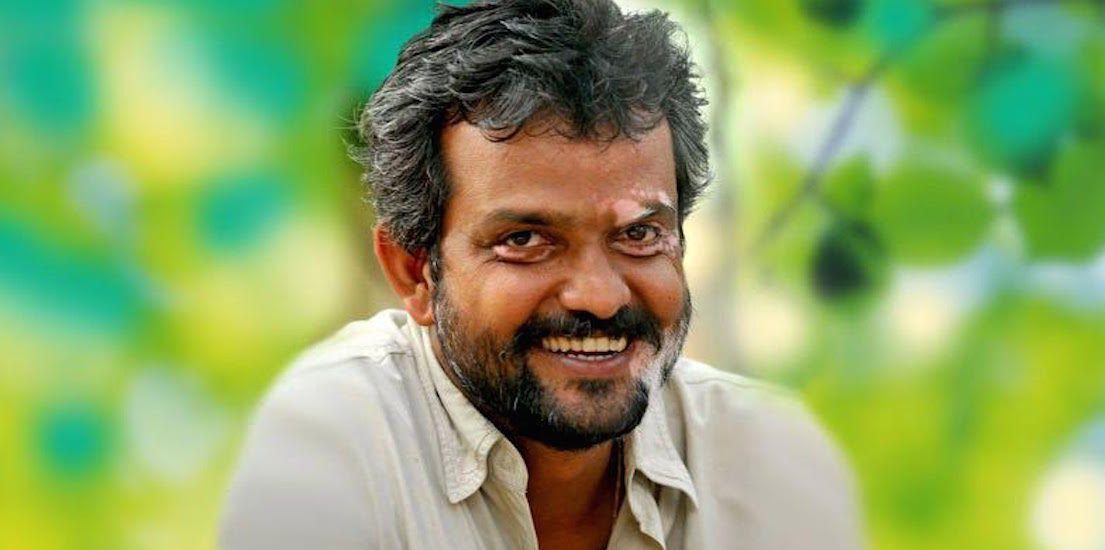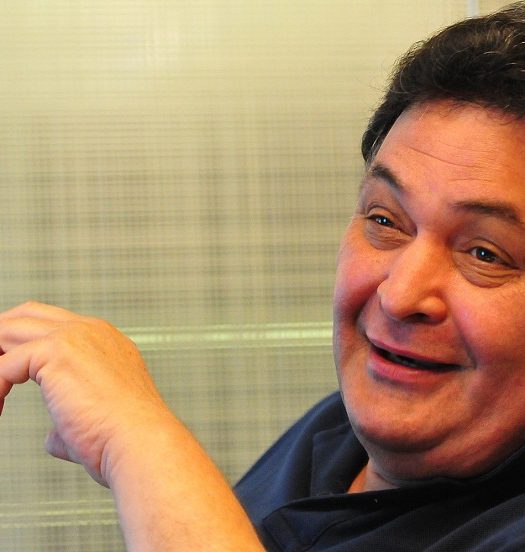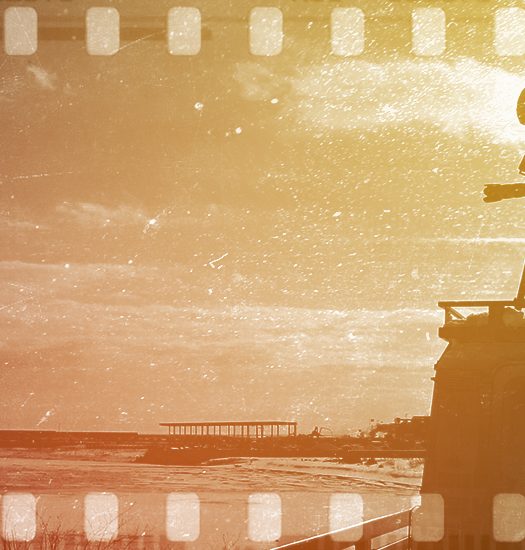Making of Udta Punjab – A peek through Rajeev Ravi’s lens
Cinematographer and filmmaker Rajeev Ravi is a man of few words. Known for his films like Chandni Bar, Dev D, Gulaal, Gangs of Wasseypur, Bombay Velvet and Liar’s Dice; it is the work of this National award-winning lensman that speaks leaps and bounds about him. When you see his recently release, Udta Punjab, there is every chance that you’ll be stunned by the way he has captured realism on celluloid. In a freewheeling conversation, Rajeev talks about his shooting style, his take on CBFC and how distribution of films is still a daunting task.
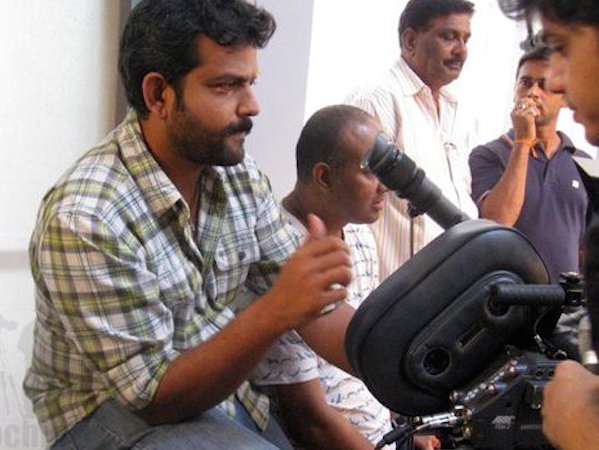
Rajeev Ravi
What visual treatment have you adopted to show the dark side of the drug menace in Udta Punjab?
I have done everything very realistically. I have just followed the story keeping the content and narrative in mind. It is not that I have used some particular style. I have shot it in a very normal way.
READ: UDTA PUNJAB IS AN ENGAGING STORY ROOTED IN REALITY
What were director Abhishek Chaubey’s requirements from the cinematography?
His script had all the information, which gave me the inspiration. His screenplay was perfect, which included the brief of the story and the narrative.
How aware were you about the drug problem in Punjab before doing the film?
Though I had read about it in some magazines, I got to know about the issue in detail only when I went to the place. When I was a child I had been to Amritsar as a tourist. But this time, when I went, it was something new for me. We have heard stories that this happens in the border areas but didn’t know the extent of the problem in Punjab.
Having shot films like Dev D in Punjab, how has the place acquired a different character in this film? What were the kind of locations you scouted for?
Locations near the border, such as Amritsar, Taran Taran, Govindwal Sahib etc. were used. We shot Dev D in a very different part of Punjab, at places near Ropar like Bassi Pathana. The landscape of both the places was different. The area near Amritsar is completely flat and is mostly agricultual land. So we saw all the locations and then decided them according to Udta Punjab‘s story.
Most of the film seems to have dark tones. What was the color palette adopted for this story?
My style of working is such that I don’t break down things. I follow whatever is planned at the time of the shoot – the space we are in, the mood of the scene etc. and work with that.
READ: DRUGS, CENSOR AND INTENSE CHARACTERS: SHAHID & ALIA ON UDTA PUNJAB
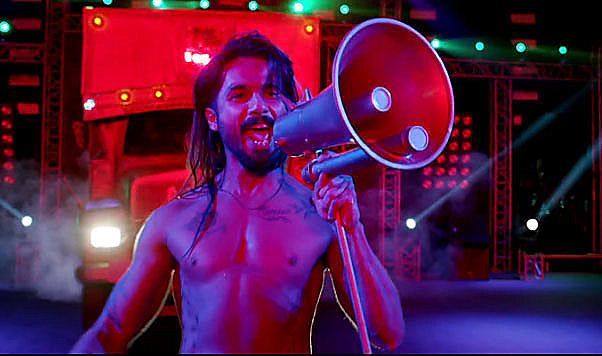
Still from Udta Punjab
Which camera and lens have you used for Udta Punjab?
We have used ARRI Alexa with Ultra Prime lenses.
What was the most challenging part about the film?
Nothing as such. But there were some scenes that we had to shoot in winter, at night, on the farm near the border. We shot continuously for two whole nights. It is a little challenging to shoot in winters, otherwise, nothing is difficult.
READ: UDTA PUNJAB WASN’T AN EASY FILM TO MAKE
Tell us about your team for the film
There were four people who were working with me. Mahidar Thotta was the focus puller and my assistant. Habeeb Ullah was my associate. Ansarsha was the assistant cinematographer and Binu was the chief grip.
How similar do you find direction and cinematography? Is direction a natural extension of the latter?
In direction, there is more work as compared to cinematography. Rest everything is different. As a director, you have many responsibilities on your shoulder.
Who is your ideal cinematographer?
Cinematographer Venu who has also directed many films.
Your last release Kammati Paadam focused on the subject of the Dalit community. Similarly the subjects of your first two films were quite diverse. Is the journey smooth with such strong subjects?
Once the stars are locked, then it is not difficult to find producers. But when you choose subjects like these, then definitely you face problems during the release.
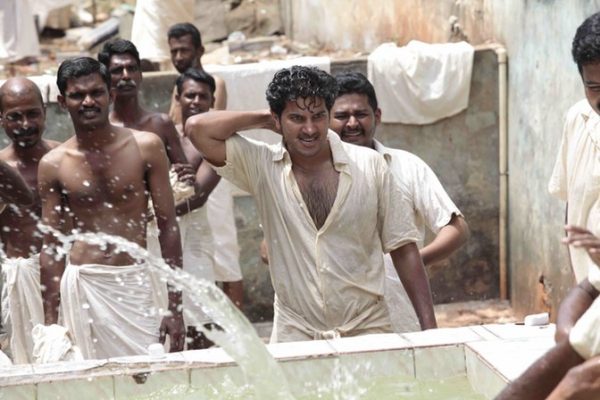
A still from Kammati Paadam
Like Udta Punjab, Kammati Paadam too was given an A certificate by the Censor after making some changes in it. What are your views on the entire situation?
Two years ago there was nothing like this. I don’t know from where these people have come now and their behavior is always strange. They are trying to control everything. This is sheer political domination.
READ: CENSOR CHIEF, ARE YOU LISTENING?
What is your criteria for choosing any film?
The director and the story are equally important. After you get inspired from the story, you interact with the director and if the rapport with him isn’t good, then there is no point in doing it.
You launched Collective Phase One, a banner you made with your friends to make the kind of films you want. Tell us more about it.
We are still not sure that how are we going to distribute the films that we make. In today’s digital age, it is still easy to do that, but the problem is that even we don’t have capital. Though we are supporting different productions but a film has to be brought in mainstream theatres, and unless that happens, a film won’t be successful. Masses will see films in theatres only, they won’t go to festivals. Communication has to happen with normal people. Unless regional cinema gets the support of the State, it won’t be easy. Till the 1980s the State used to help regional cinema. But doesn’t happen anymore.
What about your next film set in Bombay that deals with the lives of the migrant community in the city?
I have to do it but haven’t written it completely yet.

